A good traveler is a responsible traveler. That means respecting the culture and its people, going in with a ‘global citizen’ rather than ‘tourist’ mindset, and paying attention to the impact you’re having.
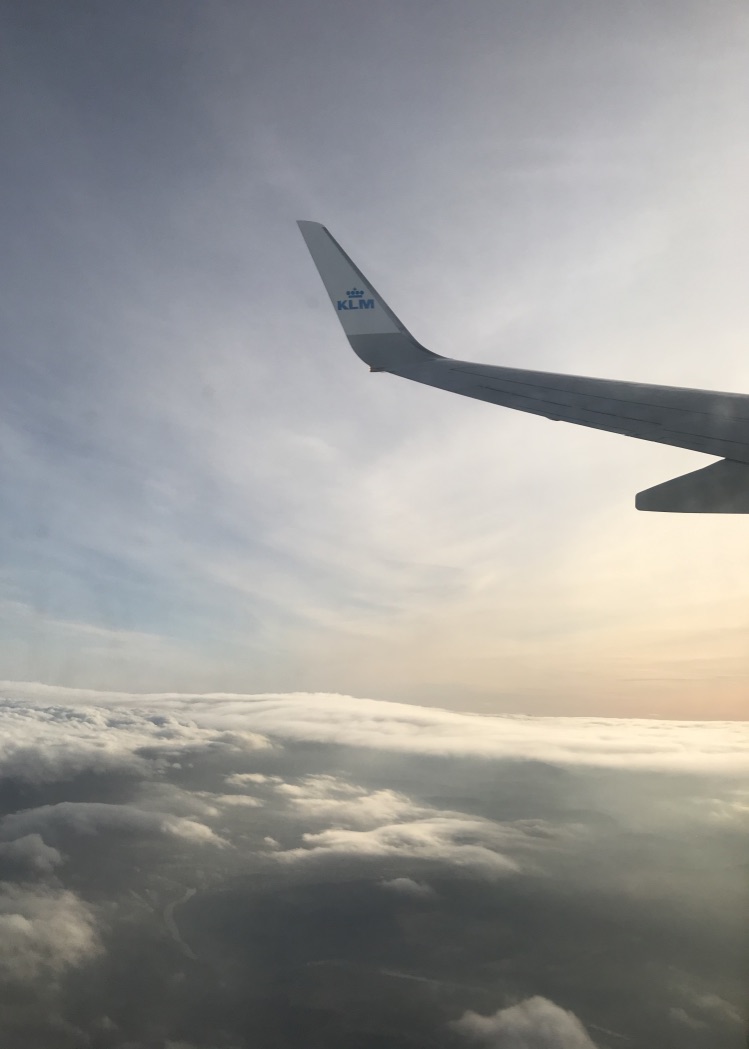
Like you, I want to be as responsible as I can be while traveling, though like anything, it is always evolving. It’s learning and relearning because things change.
And boy have things been changing. I’m sure you’ve noticed how things –particularly people and their attitudes– have changed through the rise of social media. What once started out as something to connect and remain close, has become a place of bragging rights and “look what cool thing I did today.”
I’ve been part of it, don’t get me wrong, but I’ve seen how detrimental it can be. I noticed the trend of posting pictures to make yourself happy (from engagements, likes, comments, etc.) instead of posting pictures OF yourself happy.
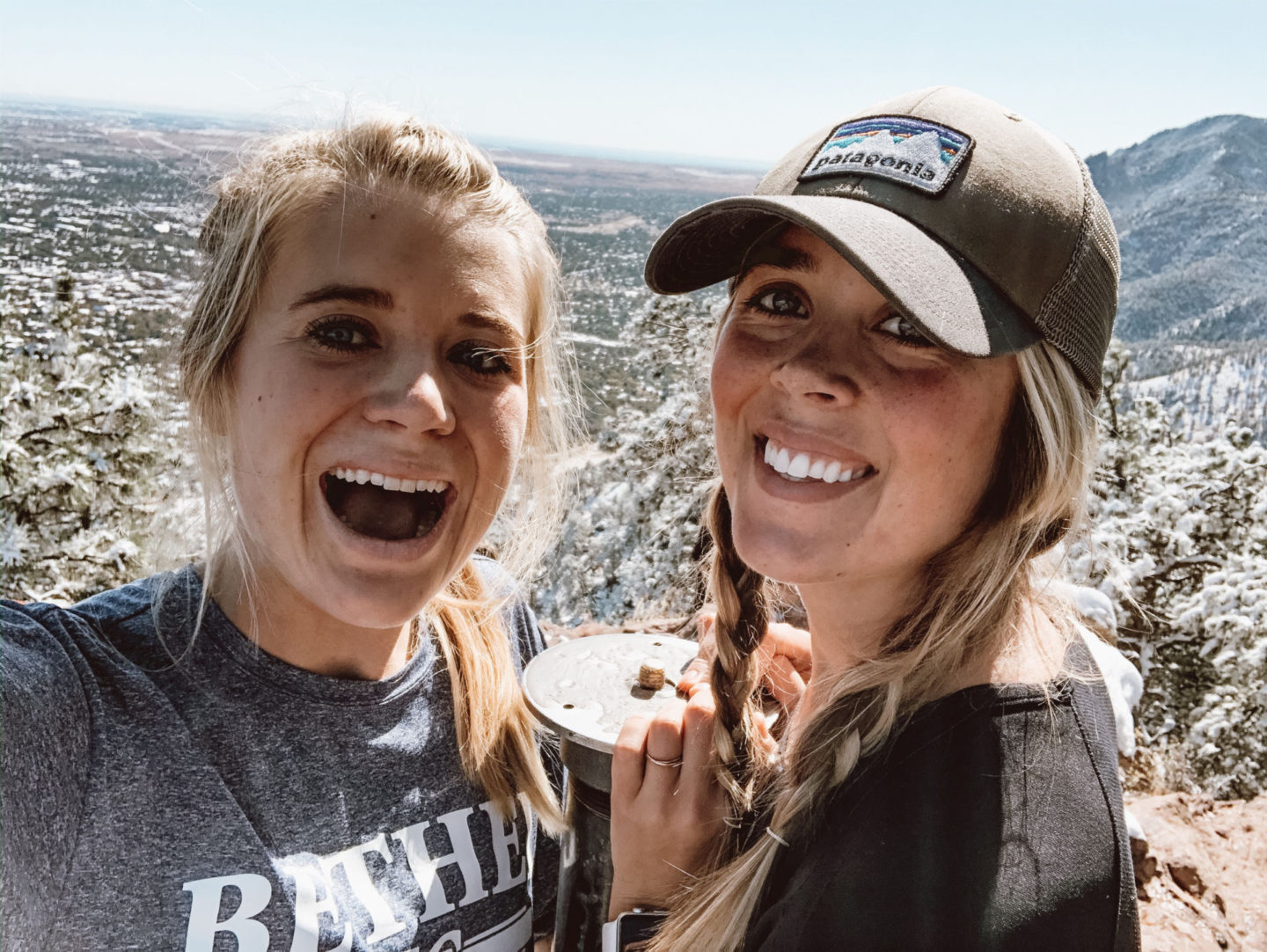
I didn’t like it, in fact, I hated it. So I changed it. I only started sharing pictures I was genuinely happy in and things that I felt like could encourage someone. Once I pivoted my mindset from seeking happiness to sharing happiness, I saw platforms like Instagram as less of a competition and more of a collection of people’s memories. Well after I shifted the content I was consuming, but that is a story for another day.
But today, I’m here to talk about another pivot in social media that we all should take: geotagging.
What is Geotagging?
“Geotagging is the process of adding geographical information to various media in the form of metadata. The data usually consists of coordinates like latitude and longitude, but may even include bearing, altitude, distance, and place names. Geotagging is most commonly used for photographs and can help people get a lot of specific information about where the picture was taken or the exact location of a friend who logged on to a service.”
Techopedia
Basically, it is when someone posts a picture on Instagram for example and tags the exact location the photo was taken. Which in a lot of ways, that can be incredibly helpful. Industries such as restaurants, amenities, even hotels can depend on people tagging their businesses.
However, natural spots such as National Parks and particularly Safari Programs in Africa are begging people to stop geotagging their exact locations.
Some of the most beautiful destinations take the most amount of work and research to find, leaving them less trafficked than other destinations. Which also means they generally don’t have the capacity for sudden surges of traffic.
But why should we care?
Have you ever been camping? Do you have fond memories of a weekend up at the cabin? Have you ever laid on a beautiful beach? Or spent any time in nature in awe of its beauty?

I’m assuming you answered yes, or at least I hope you answered yes.
Well, remember how we talked about many places don’t have the capacity to hold such a surge in traffic? Well, many National Parks are seeing a surge in specific destinations such as a specific mountain trail or lake overlook because of a picture someone posted and geotagged.
These parks are facing over trafficking which has an extreme negative (and often permanent) impact on the wildlife.
Imagine the places you thought of in the questions I just asked you, disappearing because too many people wanted to take the same pictures as an influencer.
Similarly, there are several safari companies in Africa BEGGING their customers not to use geotagging on their photos because it leads poachers DIRECTLY to their animals, which is a whole other beast we’ll have to conquer a different day.
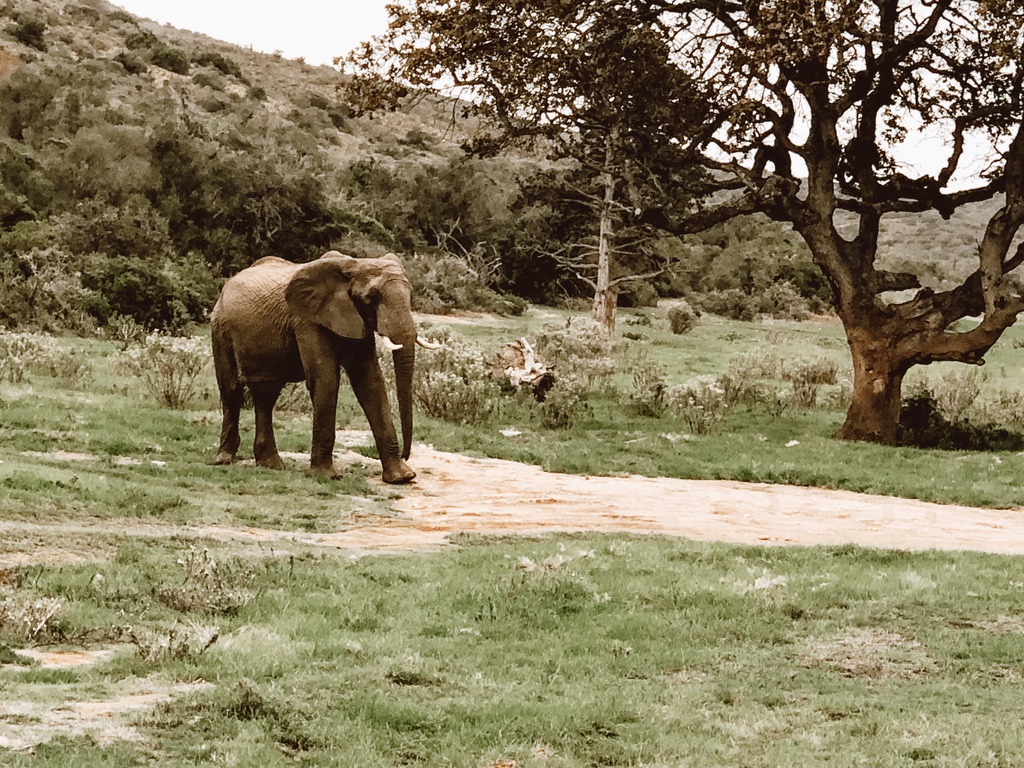
As I’m sure you can tell, I love to travel and clearly, I love to share my travels with all of you. And don’t get me wrong, I think Instagram can be a fantastic place to gain inspiration for travels, but the last thing we should be doing is posting for ourselves and ruining it for other people (and the planet).
So now what?
Well, here are some options:
When posting pictures on Instagram, be conscious of what tags you use and how they could have larger effects. Instead of posting exact locations for nature spots, try a broader tag such as the city, state, or country. If someone wants to visit badly enough they’ll put in the time to find it!
Keep in mind how you use it determines if it’s good or bad! So don’t forget to help out your local restaurants and tag them, I’m sure they’d appreciate it!
Or if you want to altogether, turn off geotagging or tracking on your phone all together! Click HERE to find out how to do it on your iPhone or HERE for an android.
If you want more resources, here are some great articles that go into a little bit more depth.
- How Your Instagram Geotag Might Be Putting Wild Animals and Natural Areas at Risk Around the World by Travel + Leisure
- When Not to Geotag While Traveling by National Geographic
- 8 Ways to Be a More Responsible Traveler by Travel + Leisure
- Is Geotagging on Instagram Ruining National Wonders? Some Say Yes. by The New York Times
Hopefully, you learned a little something today, if not well I don’t know! Either way, glad you stopped by!
And if you’re curious WHY exactly I care so much, check out THIS post about why I think it’s important to travel!
Katelyn
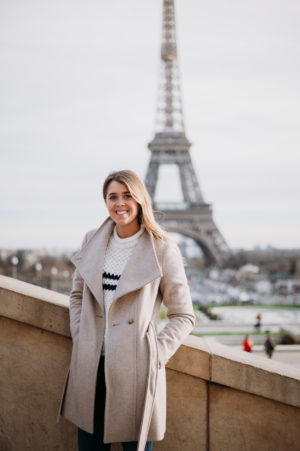
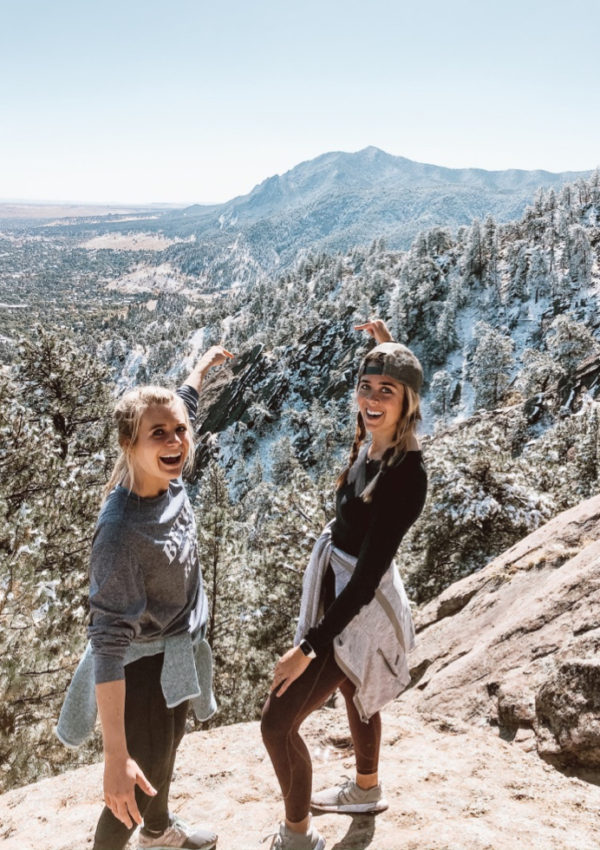
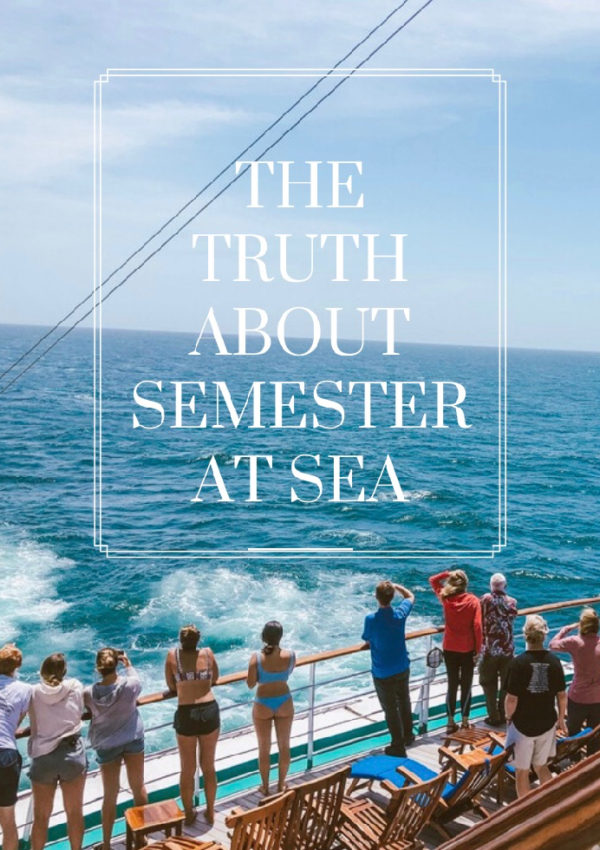
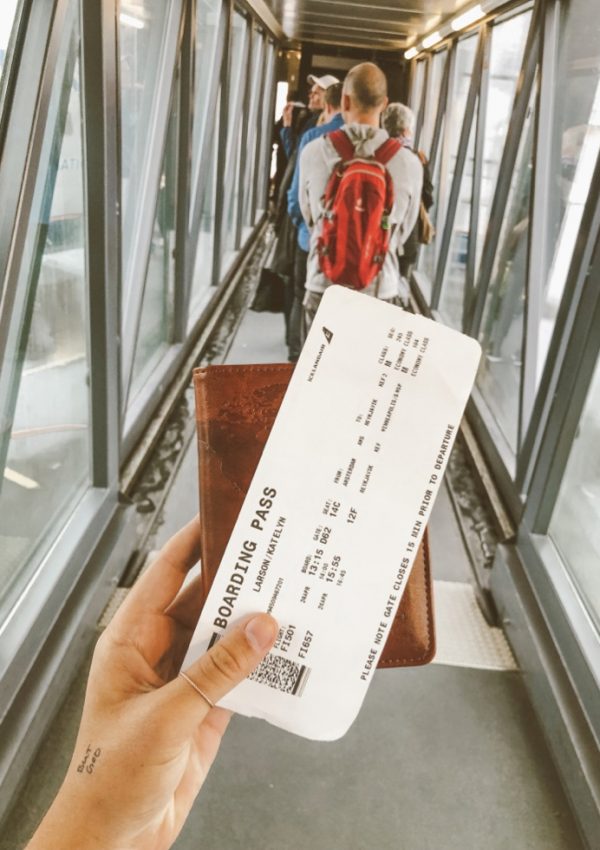
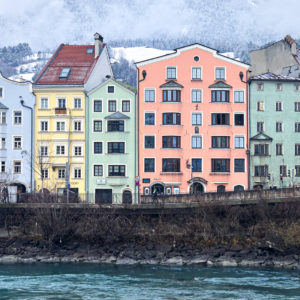

Leave a Reply